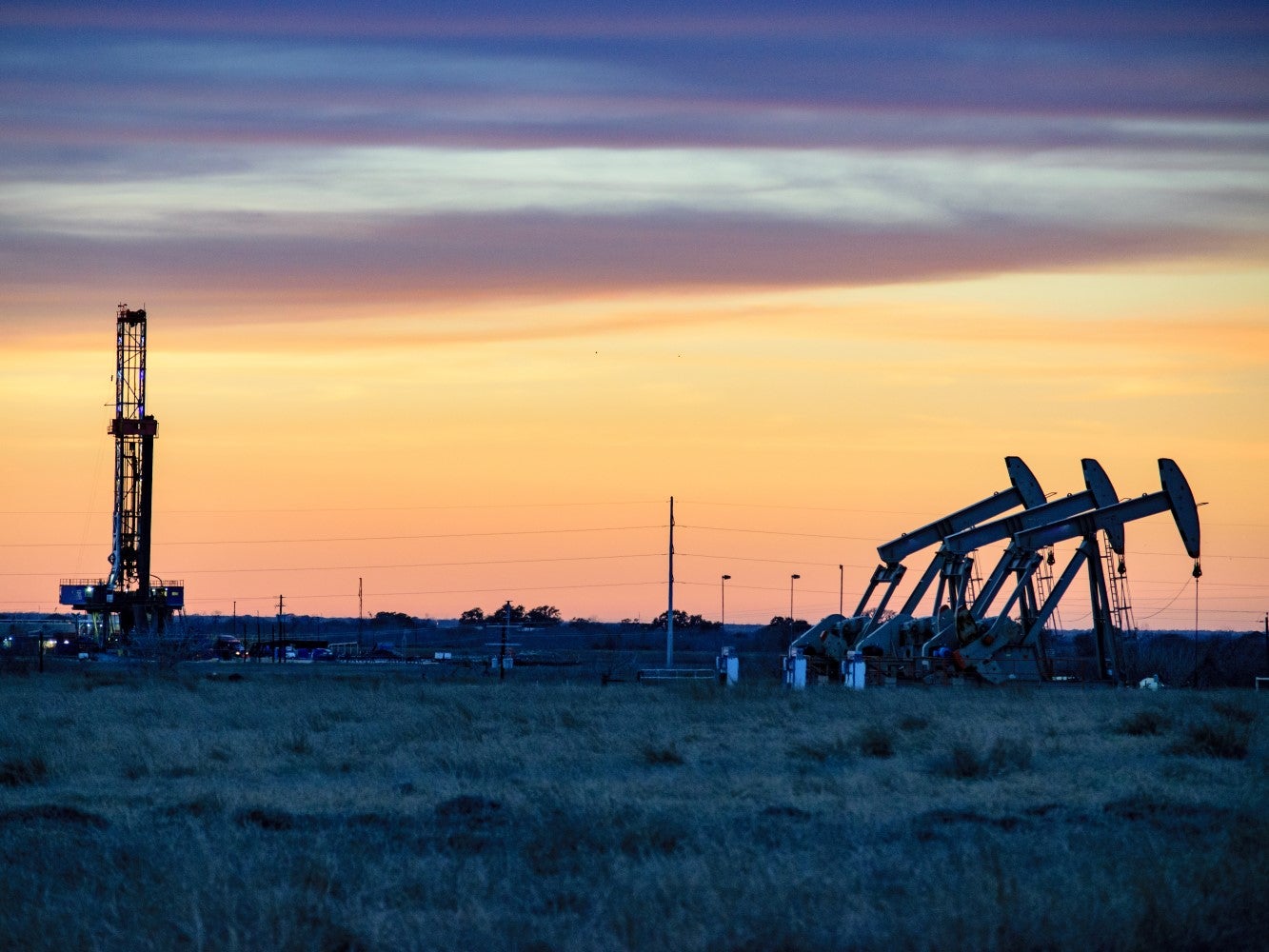Chevron earnings in Q1 2021 posted a profit of $1.4bn, still down from pre-pandemic levels a year ago of $3.6bn despite the recovery in energy prices. Majority of the earnings originates from upstream segment along with marginal profit from downstream segment. In Q1 2020, The company generated cash flow from operation summing up to $4.5bn in Q1 2021, free cash flow of $3.4bn excluding working capital.
Chevron-CW-graph-1.jpg” alt=”” width=”1025″ height=”697″ />
Chevron is confident with the return in economic activity in the US but will remain conservative in terms of global recovery which is reflected in its conservative capital allocation which remained unchanged summing up to approximately $14bn. Majority of the capital is allocated towards upstream segment, mainly in US Permian Basin and Gulf of Mexico assets. Permian unconventional is expected to drive the production growth up to 2023, expected to reach one million barrels of oil equivalent (mmboe) by 2025. International asset such as TCO Future Growth Project (FGP) and TCO Wellhead Pressure Management Project (WPMP) is expected to ramp up production from 2023 onwards to bring Chevron’s production greater than 3.5mmboed.

In 2020, Chevron showed support towards Paris Climate Agreement and “Zero Routine Flaring by 2030” Initiative by World Bank, which will require the company to secure a marketing outlet for any increase in production to avoid flaring, especially in Permian Basin. The acquisition of Noble Midstream Partners, which primarily focuses on DJ Basin in Colorado and Delaware Basin in Texas will give Chevron the flexibility to increase Permian production at will while maintaining its discipline with zero carbon emissions. It will also help address the addition of Noble Energy’s production in Permian Basin.

How well do you really know your competitors?
Access the most comprehensive Company Profiles on the market, powered by GlobalData. Save hours of research. Gain competitive edge.

Thank you!
Your download email will arrive shortly
Not ready to buy yet? Download a free sample
We are confident about the unique quality of our Company Profiles. However, we want you to make the most beneficial decision for your business, so we offer a free sample that you can download by submitting the below form
By GlobalDataChevron supports a lower-carbon future through three main efforts: to reduce carbon intensity on daily upstream operational level, to increase the use of renewables and offsets and, thirdly, to invest in low-carbon technologies. Upon pledging its support to Paris Climate Agreement and World Bank’s Zero Routine Flaring, Chevron has been successful in its efforts to achieve its targets and exceeded its 2023 target. Chevron plans to invest up to $3bn through 2028, in which $750m goes to renewable energy.
Chevron ongoing efforts in upstream segment are mainly in carbon sequestration, renewable power in upstream operations and flaring reductions. In Permian Basin, Chevron managed to secure 500MW of renewable energy to power its operations and currently does not have any routine flaring. Chevron downstream carbon reduction initiatives are mainly aimed to introduce renewable fuels into its production mix, to increase the marketability of its downstream products. Chevron’s El Segundo will become the first refinery in the US to co-process bio feedstocks. Chevron is actively looking into new ventures related to the energy transition, but it is still uncertain how quickly the company can generate growth from these new businesses.










Related Company Profiles
Noble Midstream Partners LP
World Bank
Chevron Corp
Noble Energy Inc